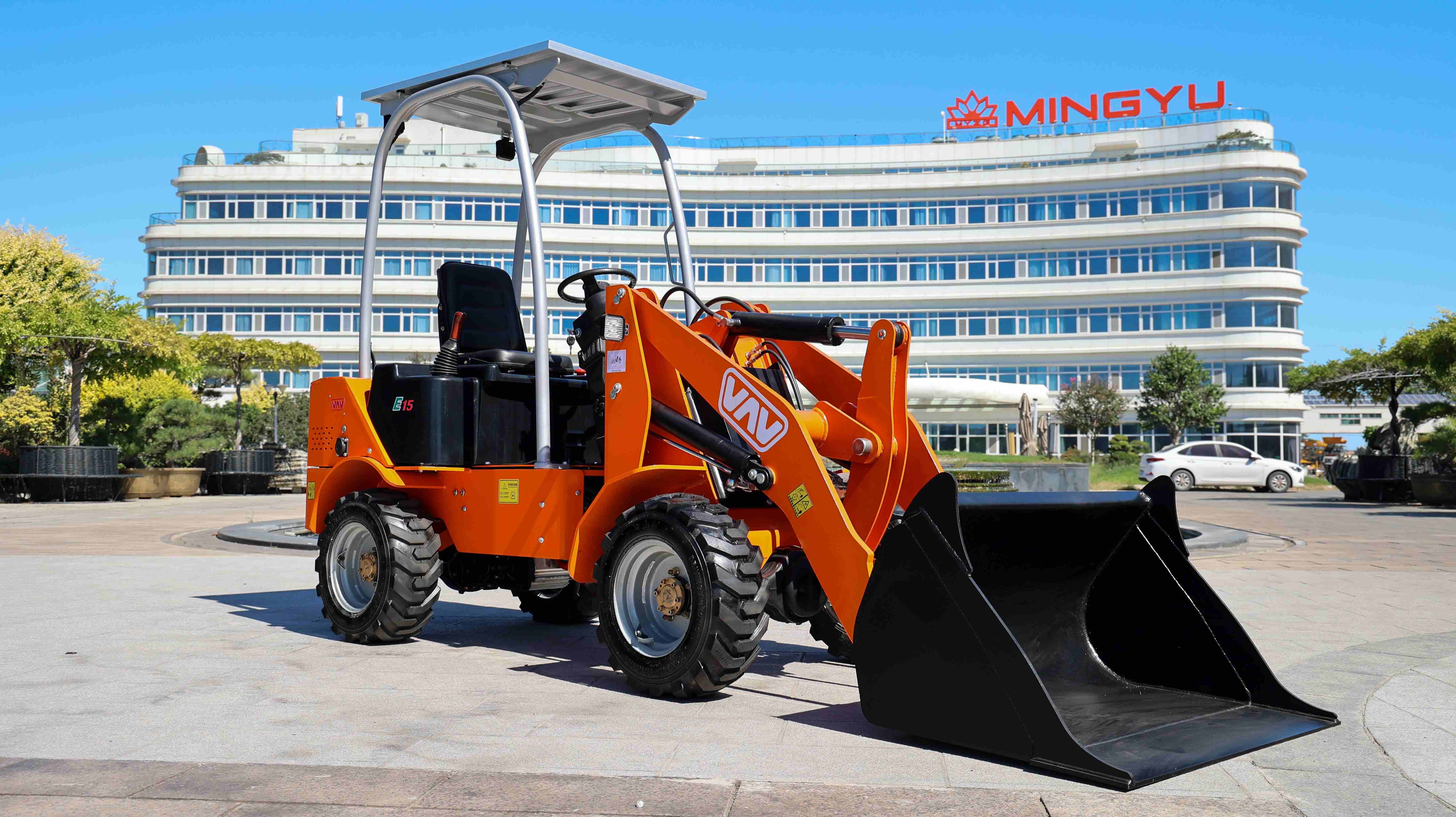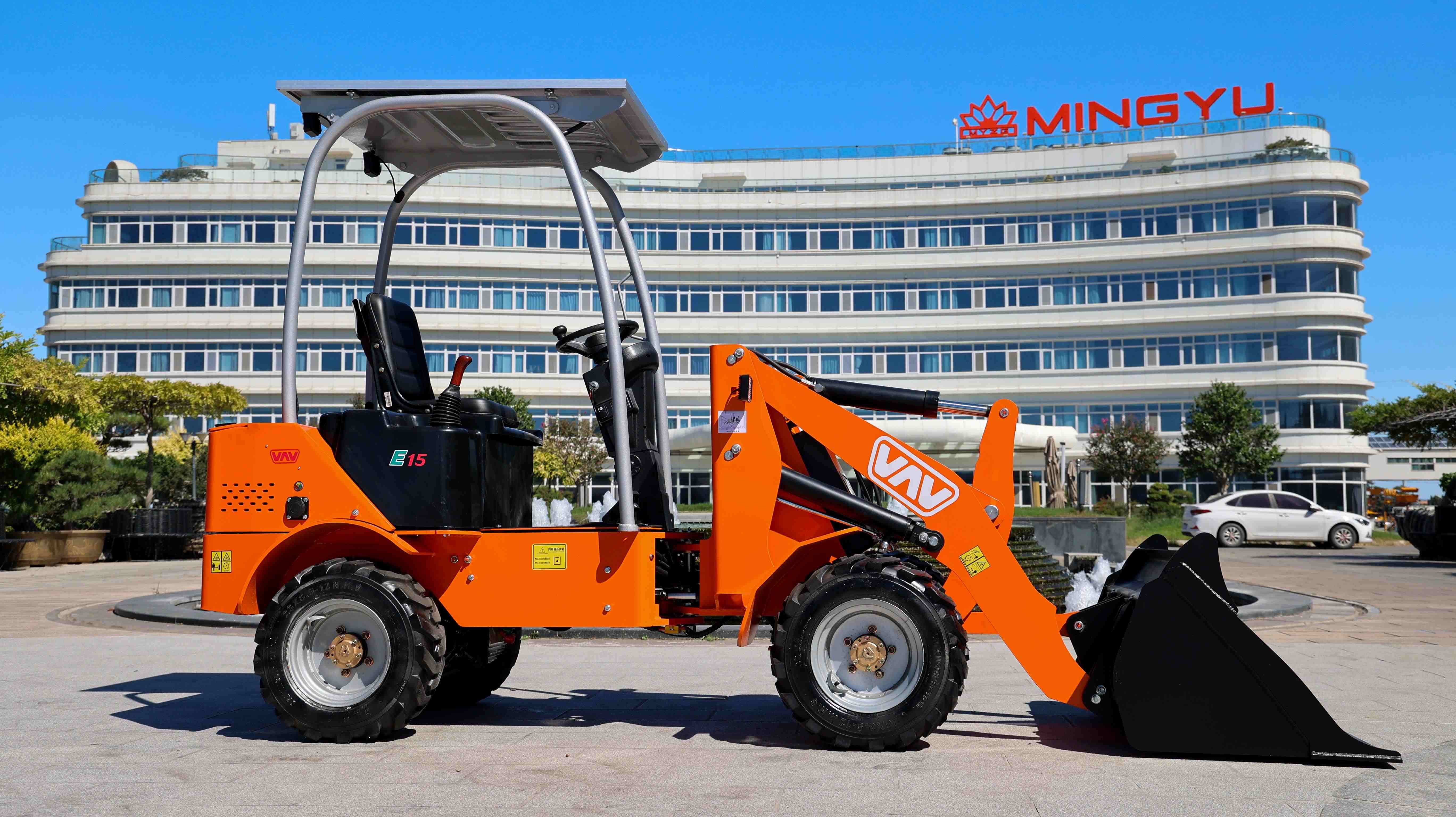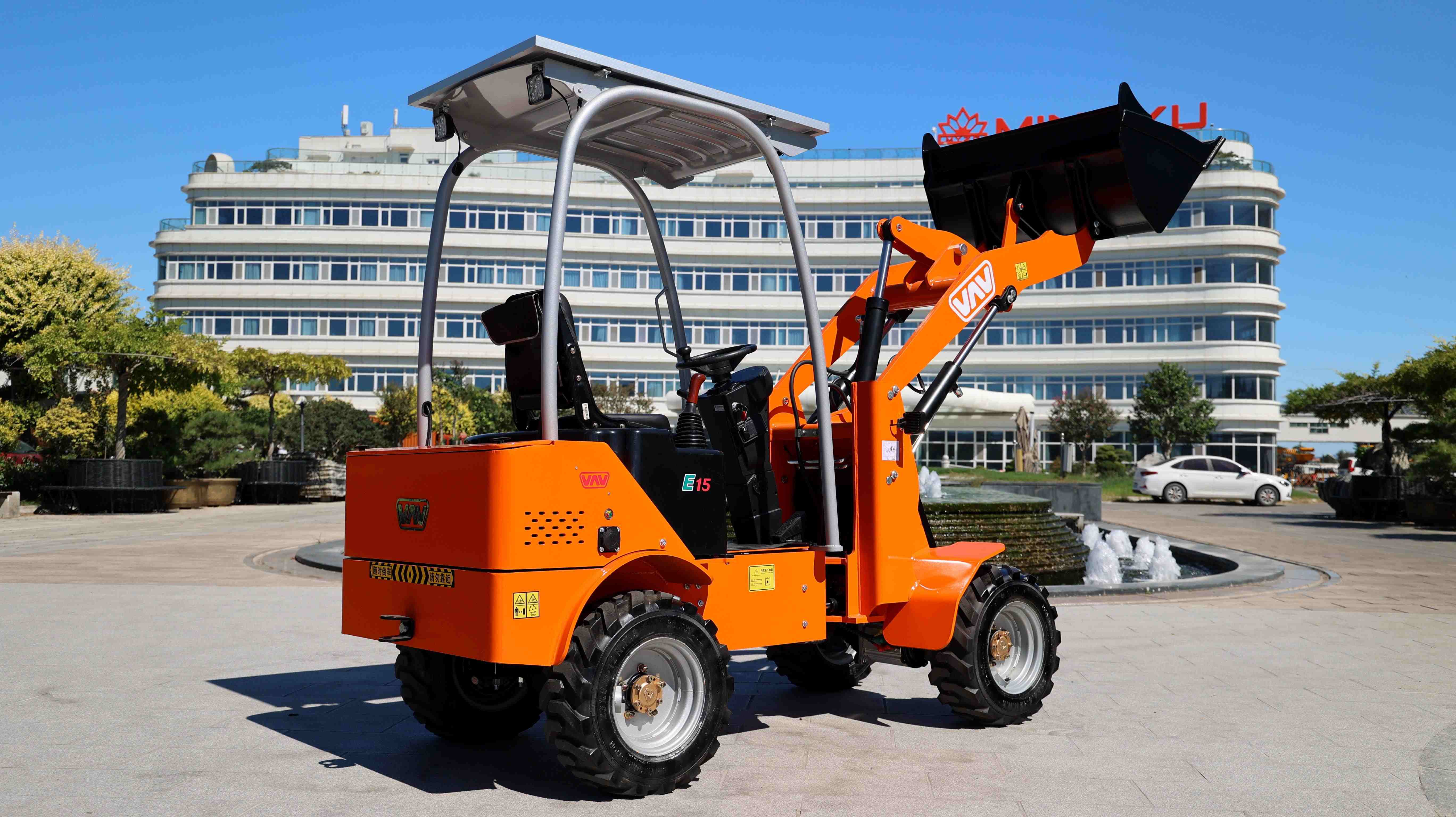What Are the Latest Technological Advancements in Wheel Loaders?
Introduction
Wheel loaders are indispensable machines in industries such as construction, mining, agriculture, and material handling. Traditionally valued for their power and versatility, today’s wheel loaders are increasingly defined by technological innovation. With rising demand for efficiency, safety, and sustainability, manufacturers are integrating cutting-edge technologies into their designs. This article explores the latest technological advancements in wheel loaders that are reshaping how they are operated, maintained, and optimized.
1. Electrification and Hybrid Powertrains
One of the most significant trends is the electrification of wheel loaders. Fully electric models powered by lithium-ion batteries are now entering the market, offering zero emissions, lower noise levels, and reduced operating costs.
Benefits of Electric Loaders:
Ideal for indoor use and noise-sensitive environments.
Reduced maintenance (fewer moving parts and no engine oil).
Zero local emissions.
Hybrid loaders, which combine a traditional diesel engine with an electric motor, are also gaining popularity. These models reduce fuel consumption while maintaining high power output.
Example: Volvo’s L25 Electric and Caterpillar’s hybrid loaders are at the forefront of this movement.
2. Advanced Telematics and Fleet Management Systems
Modern wheel loaders are now equipped with advanced telematics systems that collect real-time operational data.
Key Features:
Monitoring of fuel consumption, idle times, and machine hours.
Remote diagnostics to detect issues early and plan maintenance.
Integration with fleet management software for job site planning.
Benefits include increased uptime, lower maintenance costs, and improved decision-making for equipment utilization.
3. Autonomous and Semi-Autonomous Operation
Automation is transforming how wheel loaders are operated:
Remote Control: Operators can control machines from a safe distance in hazardous environments (e.g., mining or demolition).
Semi-Autonomous Features:
Auto-digging and auto-loading systems.
GPS-guided path planning for repetitive tasks.
Fully Autonomous Prototypes: Being tested in controlled environments.
While full autonomy is still developing, semi-autonomous operation enhances safety and reduces labor dependency.
4. Operator Assistance and Comfort Technologies
New wheel loaders prioritize operator comfort and control precision, contributing to higher productivity.
Improved Cab Design: Enhanced visibility with 360° cameras, ergonomic seats, and noise insulation.
Joystick Steering: Easier and more responsive control.
Digital Interfaces: Touchscreen displays provide real-time data, machine settings, and diagnostics.
These features reduce fatigue and increase operator satisfaction, particularly on long shifts.
5. Smart Load Weighing Systems
Wheel loaders now feature onboard load weighing systems that measure the weight of material in real time.
Benefits:
Avoid overloading trucks or containers.
Improve loading accuracy and job site efficiency.
Automated record-keeping and data export.
These systems are especially useful in applications where precise material handling is critical, such as mining and bulk logistics.
6. Improved Hydraulic Systems and Energy Efficiency
Hydraulic technology has also seen substantial upgrades:
Load-Sensing Hydraulics: Adjusts flow based on demand, improving fuel efficiency and control.
Regenerative Hydraulics: Captures energy during operations like lowering the bucket, reducing energy waste.
Faster Response Time: Enhances cycle time and machine productivity.
These systems make loaders more efficient, smooth, and responsive to operator commands.
7. Emissions Control and Environmental Innovations
To meet stringent emissions regulations like Tier 4 Final and Stage V, manufacturers are deploying advanced emissions control technologies:
Selective Catalytic Reduction (SCR) and Diesel Particulate Filters (DPF) reduce harmful exhaust emissions.
Eco Modes: Automatically adjust power output to minimize fuel use.
Idle Management Systems: Reduce unnecessary engine idling to save fuel.
Environmentally-conscious designs also incorporate recyclable materials and low-impact production methods.
8. Connectivity and IoT Integration
The Internet of Things (IoT) is enabling smarter job sites through connected wheel loaders:
Machine-to-Machine (M2M) Communication: Allows coordination between machines for efficient workflows.
Sensors and Condition Monitoring: Track machine health and alert operators of anomalies.
BIM Integration: Wheel loaders can now interface with Building Information Modeling platforms for construction planning.
This level of connectivity enhances collaboration, reduces downtime, and enables predictive maintenance.
9. Safety Enhancements and Collision Avoidance Systems
Safety technology in wheel loaders has advanced significantly:
360-Degree Camera Systems: Improve visibility around the machine.
Proximity Sensors and LiDAR: Detect people, objects, or hazards and warn operators.
Automatic Braking and Stability Control: Prevent tipping and collisions.
Seat Belt Alerts and Operator Presence Systems: Ensure safe operation.
These features protect both operators and workers in surrounding areas, reducing accident risk.
10. Software Updates and Digital Ecosystems
Modern wheel loaders often operate within digital ecosystems:
Over-the-Air (OTA) Updates: Software upgrades can be applied remotely to enhance performance or add features.
Customizable Work Modes: Software-defined modes adapt machine behavior to specific tasks.
Data Analytics Platforms: Collect operational data for performance optimization.
Manufacturers are increasingly investing in AI and machine learning to predict maintenance needs, analyze usage patterns, and suggest improvements.
Conclusion
Technological advancements are transforming wheel loaders from basic earth-moving machines into smart, efficient, and environmentally friendly tools. Electrification, automation, connectivity, and safety innovations are enhancing their capabilities and value on the job site. As industries continue to demand higher productivity with lower environmental impact, investing in technologically advanced wheel loaders will be key to staying competitive, safe, and sustainable.
Post time:Jul.28.2025



